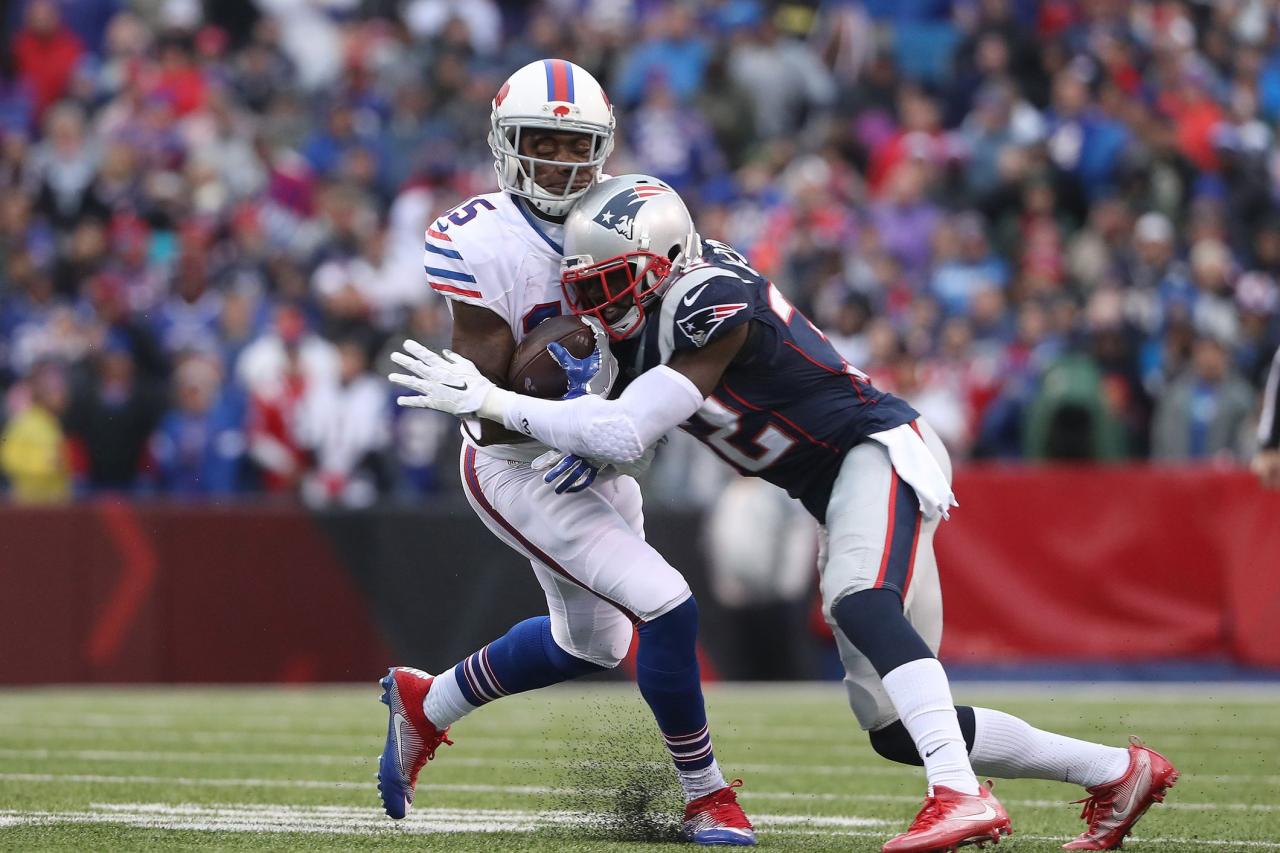So, the Panthers lost to the Chiefs, right? But hey, their passing game actually looked pretty good, especially considering the opponent. We’re diving deep into the stats and film to see exactly *why* there was improvement, even in defeat. We’ll break down everything from the O-line’s performance to individual receiver stats and pinpoint exactly what worked and what needs tweaking.
This analysis will cover pre-game expectations, a detailed look at key game statistics and plays, and a thorough examination of the quarterback’s performance, offensive line contribution, and receiver impact. We’ll also highlight specific factors that contributed to the improvement and identify areas where the Panthers’ passing game still needs work. Get ready for some serious football breakdown!
Panthers Passing Offense
The Carolina Panthers’ passing game heading into their matchup against the Kansas City Chiefs presented a mixed bag of potential. While they showed flashes of brilliance in previous games, inconsistency and limitations in certain areas raised questions about their ability to effectively challenge a strong Chiefs’ secondary. Their performance would hinge on the effectiveness of their offensive line, the health and consistency of their receiving corps, and the overall game plan.
The Panthers’ passing attack, prior to the Chiefs game, boasted some notable strengths. Quarterback Bryce Young, despite being a rookie, displayed impressive accuracy and decision-making in certain games. He had shown the ability to make quick reads and deliver the ball accurately to his targets, particularly in short and intermediate routes. However, his arm strength, a common concern for smaller quarterbacks, was a potential weakness against a defense known for its press coverage and ability to disrupt passing lanes. The receiving corps, while possessing talent in players like DJ Chark and Terrace Marshall Jr., lacked consistent production and faced questions regarding their ability to create separation against top-tier cornerbacks.
Pre-Game Passing Offense Assessment
Based on their previous performances, the Panthers’ passing game was projected to be a work in progress against the Chiefs. Their average passing yards per game, completion percentage, and quarterback rating from earlier games could be used to predict a reasonable range of outcomes against Kansas City. For example, if their average yards per game was 200, with a 60% completion rate and a quarterback rating of 85, a similar performance against the Chiefs would have been considered a successful outing, given the Chiefs’ defensive capabilities. However, a significant drop in these statistics would have signaled potential issues. This analysis would need to factor in the Chiefs’ pass defense’s strengths, which included strong cornerbacks capable of limiting big plays and a pass rush that could pressure the quarterback. The Chiefs’ defense was generally considered to be a top-ten unit going into the game, so a strong showing from the Panthers’ passing game was going to be a significant challenge.
Even though the Panthers took an L against the Chiefs, their passing game showed some serious potential. We saw significant improvement in several key areas, thanks to a combination of improved offensive line play, better quarterback decision-making, and strong receiver performances. While there’s definitely room for improvement – particularly in [mention a specific area from section 7, e.g., red zone efficiency] – the overall trend is positive. This game provides a solid foundation for future success, and with some fine-tuning, the Panthers’ passing attack could be a real force to be reckoned with.

